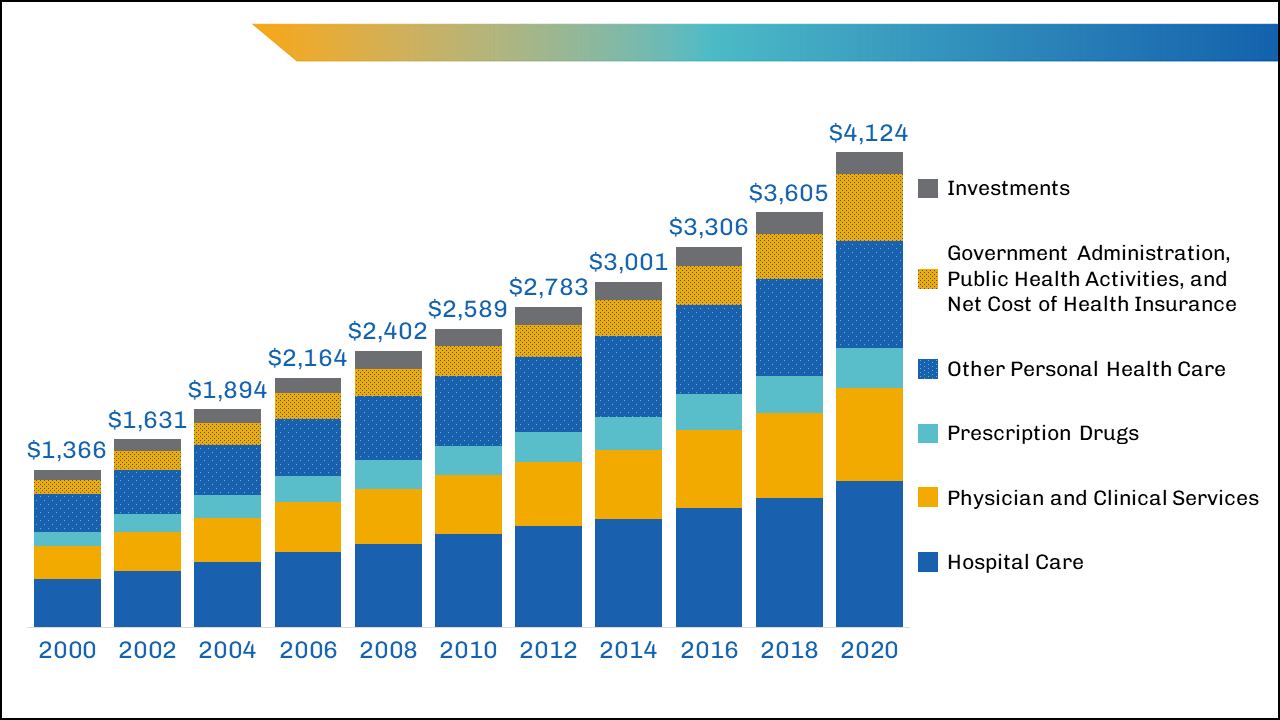A Comprehensive Overview on Exactly How Health Care RCM Functions to Improve Invoicing and Collections
Browsing the complexities of medical care income cycle management (RCM) is vital for carriers aiming to improve their invoicing and collections processes. The overview unboxes the ins and outs of RCM, from individual registration to accounts receivable administration, using insights into enhancing each step. Incorporating sophisticated technology and standard treatments can dramatically reduce claim rejections and increase payment cycles. Yet, the true challenge depends on effortlessly combining these components to boost capital. As we discover the core parts and techniques that drive efficiency, one concern remains: how can healthcare entities best setting themselves to prosper economically in an ever-evolving industry?
Comprehending Income Cycle Administration
Comprehending the intricacies of Earnings Cycle Monitoring (RCM) is essential for healthcare companies intending to maximize their monetary efficiency. RCM is a vital management feature that incorporates the whole financial process of person care, from the preliminary visit readying to the final payment of the equilibrium. It is a complex procedure created to determine, collect, and handle the revenue from the solutions supplied to patients. Efficient RCM guarantees that doctor get accurate and prompt payments, minimizing the risk of profits loss and improving capital.
The RCM process starts when a person routines a visit and expands via the individual's care trip, including payment and collections. A crucial objective is to reduce the time between getting and giving a solution payment, thus improving the organization's economic wellness. RCM entails different features such as client enrollment, insurance confirmation, cost capture, coding, claims entry, payment publishing, and taking care of allures and rejections.
Trick Components of RCM
In the world of Profits Cycle Management (RCM), understanding its key components is essential to attaining financial effectiveness within medical care organizations. RCM is a thorough process that encompasses numerous stages, each essential to making certain efficient payment and collections. The main elements consist of client enrollment, insurance verification, charge capture, coding, case submission, payment uploading, and accounts receivable administration.


Once coded, claims are submitted to payers, where accuracy is critical to avoid beings rejected or hold-ups - Healthcare RCM. Payment uploading entails videotaping the obtained settlements, which permits the settlement of accounts. Last but not least, balance dues management concentrates on tracking and resolving unsettled insurance claims, ensuring timely follow-up and resolution
Each part of RCM is adjoined, and inefficiencies in any component can interfere with the whole cycle. As a result, understanding these components is important for healthcare providers to enhance profits and enhance their financial health and wellness.
Approaches for Effective Invoicing

Systematizing billing treatments throughout the company is one more key strategy. Developing clear guidelines for documentation, coding, and entry aids keep uniformity and conformity with regulative needs. Educating personnel frequently on these procedures ensures everyone is updated with the most recent modifications in payment codes and payer policies.
Exact cost capture is essential in avoiding earnings leakage. Applying regular audits and tracking systems allows for the recognition and adjustment of disparities before they affect revenue. Additionally, keeping open lines of interaction with payers helps to swiftly resolve any kind of disputes or misconceptions that might occur.

Last but not least, appealing patients early in the invoicing process by supplying clear estimates and academic additional hints products about their financial responsibilities can significantly decrease confusion and enhance repayment timeliness. These techniques jointly add to a more economically healthy and reliable billing system.
Enhancing Collections Procedures
Offered the intricacies of clinical payment and the range of payer demands, boosting the collections procedure entails applying critical actions that ensure timely and precise payment of solutions made. Automation tools can assist in tracking case statuses, sending out prompt reminders to patients, and handling rejections much more properly.
Clear and clear client communications are critical. Supplying in-depth descriptions of fees and supplying adaptable repayment strategies can increase person satisfaction and punctual payments.
Routine audits of the collections procedure must be performed to determine areas for renovation and guarantee find more information compliance with guidelines. By analyzing data, healthcare companies can determine trends, anticipate prospective issues, and adapt methods as necessary (Healthcare RCM). Inevitably, a well-enhanced collections procedure not only supports economic wellness however likewise adds to a much more smooth experience for people and personnel alike
Optimizing Income Streams
Building upon the structure of a strong collections procedure, health care companies can better boost their monetary stability by tactically maximizing income streams. This involves a multi-faceted technique, beginning with a thorough evaluation of existing revenue sources to recognize ineffectiveness and locations for development. Employing advanced data analytics tools allows companies to acquire insights right into payer mix, patient demographics, and solution usage patterns, enabling for data-driven choices that boost profits capture.
Executing automated invoicing systems can considerably decrease mistakes and speed up claims processing, making sure that earnings is collected a lot more effectively. Moreover, enhancing payer agreements through regular negotiations can improve repayment rates and terms, directly influencing the lower line. Branching out service offerings, such as including telehealth or health programs, can additionally bring in a more comprehensive person base, hence raising profits potential.
Another crucial component is boosting person engagement and satisfaction, as completely satisfied clients are more probable to comply with treatment strategies and make prompt settlements. Using flexible settlement choices and clear payment methods can enhance collections and foster patient commitment. Healthcare RCM. By taking on these methods, health care companies can create an extra durable financial framework, making sure sustained development and stability in an ever-changing sector landscape
Conclusion
In conclusion, medical care Profits Cycle Management (RCM) plays an important duty in optimizing invoicing and collections processes by incorporating key parts such as individual enrollment, insurance coverage confirmation, fee capture, coding, asserts submission, and balance due monitoring. By employing sophisticated technology, systematizing treatments, and fostering client interaction, medical care providers can significantly lower claim denials, speed up settlement cycles, and enhance capital. This extensive method to RCM inevitably results in boosted economic effectiveness and sustainability for healthcare organizations.
The RCM process starts when a person schedules a visit and expands via the patient's care journey, including payment and collections.An additional crucial element is boosting person involvement and contentment, as satisfied patients are much more likely to adhere to therapy strategies and make timely payments. Offering versatile repayment choices and transparent billing practices can enhance collections and foster person loyalty.In conclusion, health care Profits Cycle Administration (RCM) plays a crucial duty in optimizing payment and collections procedures by incorporating vital components such as client registration, insurance confirmation, charge capture, coding, declares find submission, and accounts receivable administration. By employing innovative technology, systematizing treatments, and promoting client interaction, health care carriers can dramatically minimize insurance claim rejections, increase settlement cycles, and improve money flow.
 Michael Bower Then & Now!
Michael Bower Then & Now! Jenna Jameson Then & Now!
Jenna Jameson Then & Now! Ashley Johnson Then & Now!
Ashley Johnson Then & Now! Lisa Whelchel Then & Now!
Lisa Whelchel Then & Now! McKayla Maroney Then & Now!
McKayla Maroney Then & Now!